Knowing how to support Ells in math is a challenge for Math teachers. Many of our ELLs are STRONG math students, yet do not score well simply because they don’t understand the questions. Gone are the days when math test questions are
25 x 128 = ?
Now most often students are given a scenario using content-rich vocabulary and asked to come up with the answer. I had a class that included 11 ELLs last year and they TOTALLY were floundering! Here are some ways that we can help raise those scores and give our newcomers the confidence they need to be successful!
The best part about this list? They will help ALL your students, not just your ELLs!! Take a look here to see how. Is Precise Math Vocabulary Really THAT Important?
1. Support ELLs in Math by Pre-teaching Vocabulary.
A quick introduction to the important words goes a LONG way. Make sure the word is visible; just hearing the word is not enough.
The more senses involved the better. Make sure they have a chance to see it, then learn it, then provide an opportunity to use it, and share it with someone. This can be done super quickly with a shoulder partner.
We know the more experience our students have with vocabulary the more it will stick. Look for quick ways to do this as much as possible.

2. Have a Word Wall. Refer to it Often.
Put these words on display for the duration of the unit and refer to them often. Reward students who use them in answering questions. This can be as simple as a quick shout-out!
After the unit, “retire” the words to a cumulative bulletin board for students to continue to refer to. This cumulative board will continue to support ELLs in Math for the rest of the year!
3. Connect to Their Home Language.
I really believe this makes a connection in their brain that makes the word make sense to them. Students should record this word in their home language. Free online dictionaries are available in the content areas for most of the common languages.
This year, I used Spanish, Portuguese, and Russian! I simply printed them; hole-punched them; and then my ELLs put them in their binders. Each time they learned a new word, they wrote their home-language translation beside it. This is a perfect way to support ELLs in math.
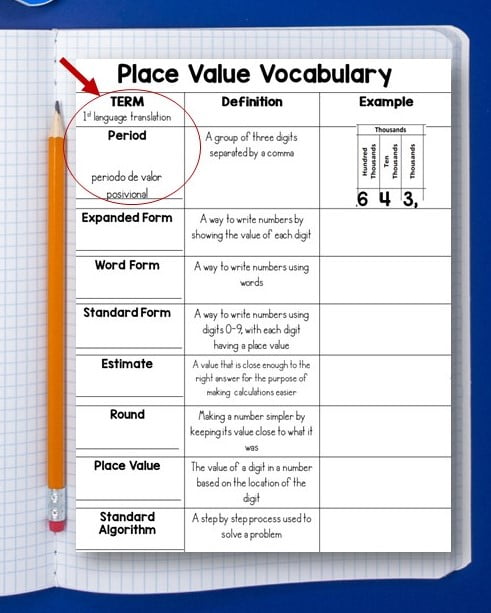
4. Present concepts in a visual, pictorial way – with Anchor Charts.
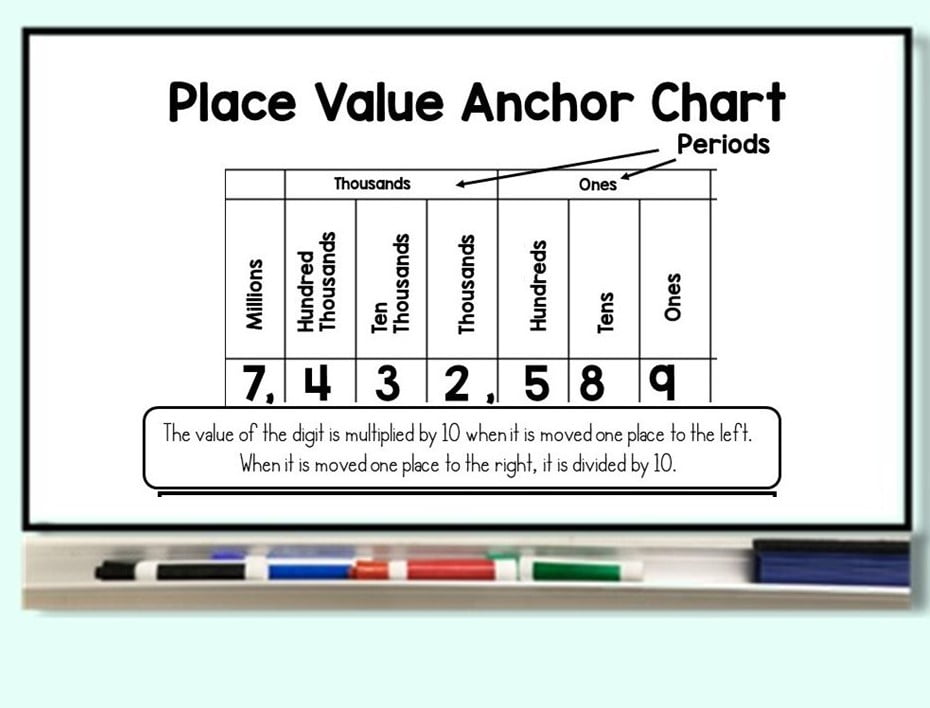
5. Games, games, games!!
This is by far my FAVORITE!! Support ELLs in math with games! I use a variety of games from time to time to solidify word knowledge!!
“ Scientists have recently determined that it takes approximately 400 repetitions to create a new synapse in the brain – unless it is done with PLAY, in which case, it takes between 10-20 repetitions.” – Dr. Karyn Purvis
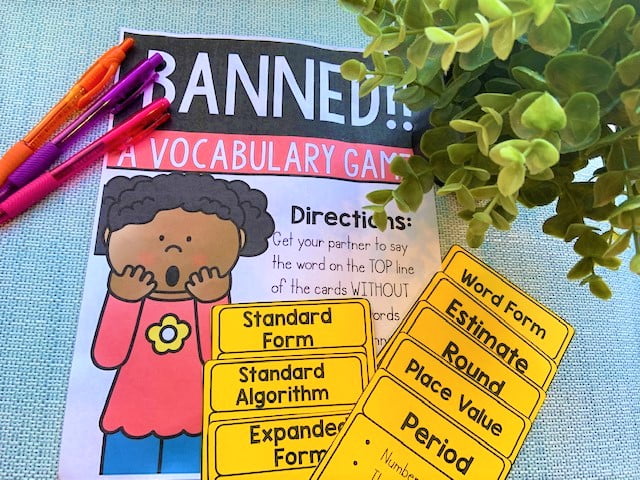
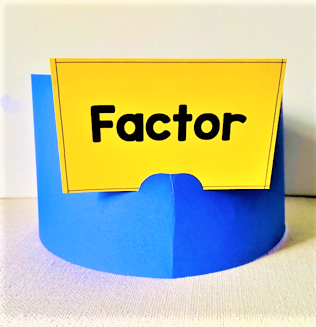
Some of my favorites are: Bingo, Banned, (think Taboo) Vocabulary Caps, Roll-a-word, Memory, and Hot Seat!
Grab a free unit that includes ALL 5 of these strategies! Place Value Strategy and Anchor Chart Pack In it you will find notebook pages for students to write definitions, examples, and note vocabulary words in their original language.
You will also find “done for you” word wall words, anchor charts to visually explain key math concepts, a vocabulary game, AND differentiated vocabulary quizzes.

Or ditch the “Sunday night scaries” of lesson planning and be prepared for the Entire Year!
Entire Year 4th Grade Math Vocabulary Strategy and Anchor Chart Bundle
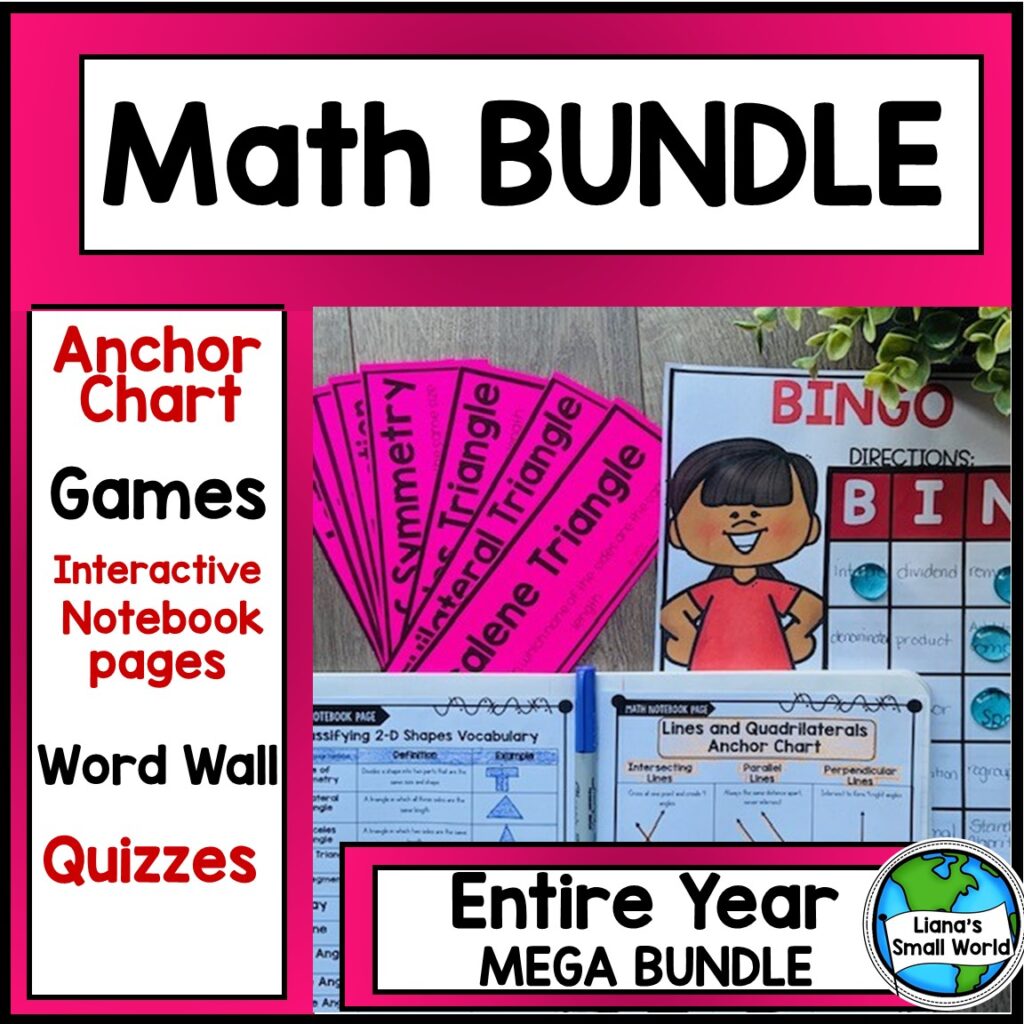
⭐️⭐️⭐️⭐️⭐️
This resource is the foundation for math vocabulary in my classroom! I build my “math talk” wall around this resource and it is easy to switch the vocabulary and strategies out with each unit. Additionally, my students find it so accessible! I highly recommend this resource. – Sarah A.
Please share – what did I miss? What has worked for you to support your ELL newcomers in Math?
Do you want MORE help welcoming ELL Newcomers to your class? Here is a free resource for you. How to Prepare for a Non-English-Speaking Student
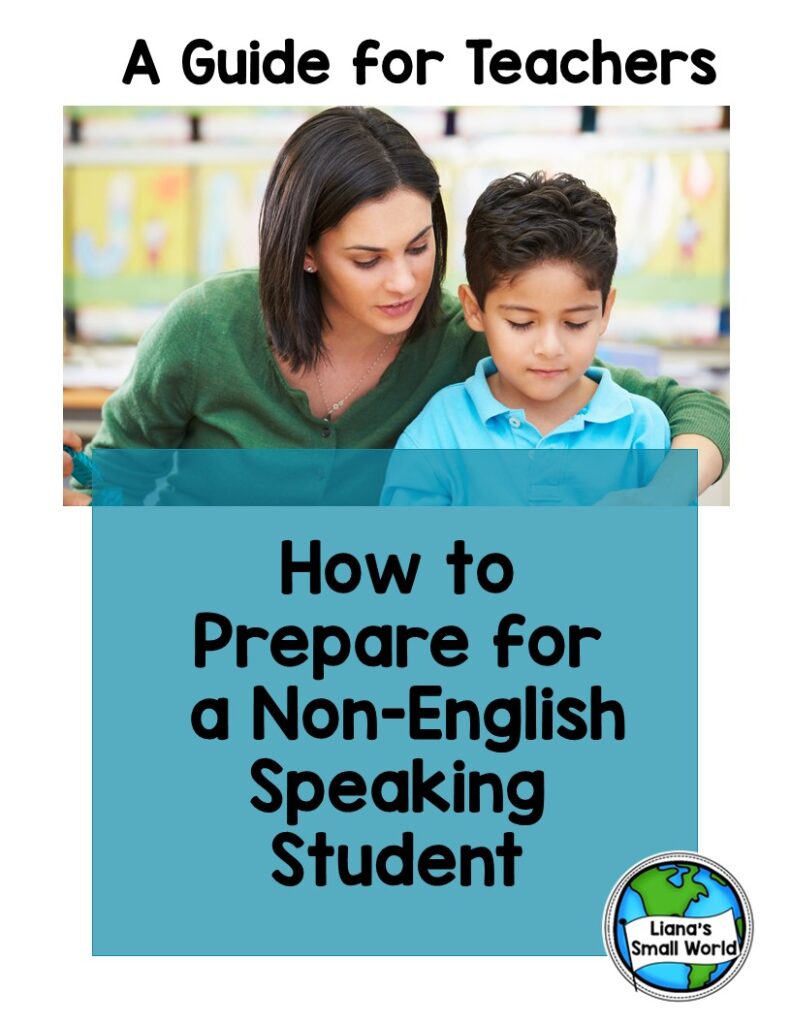




0 Comments